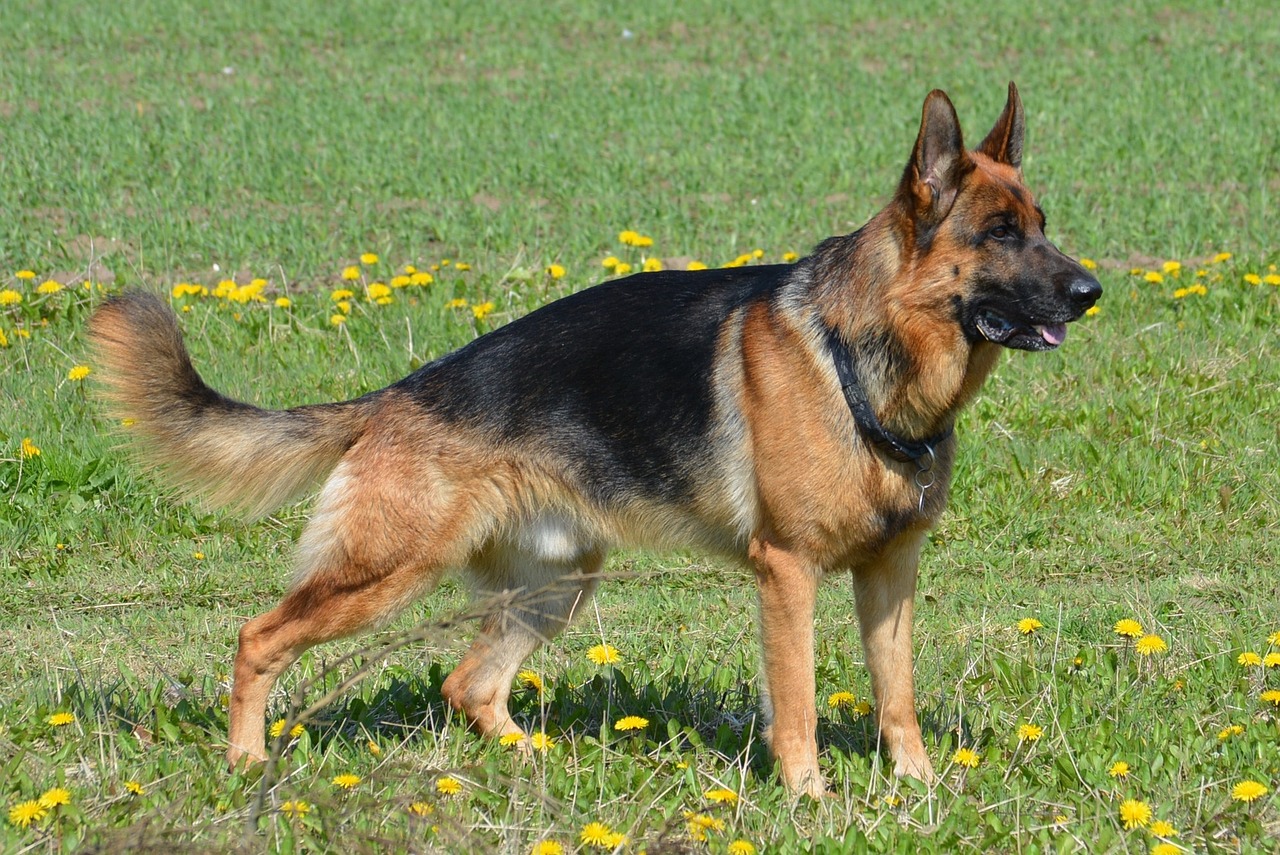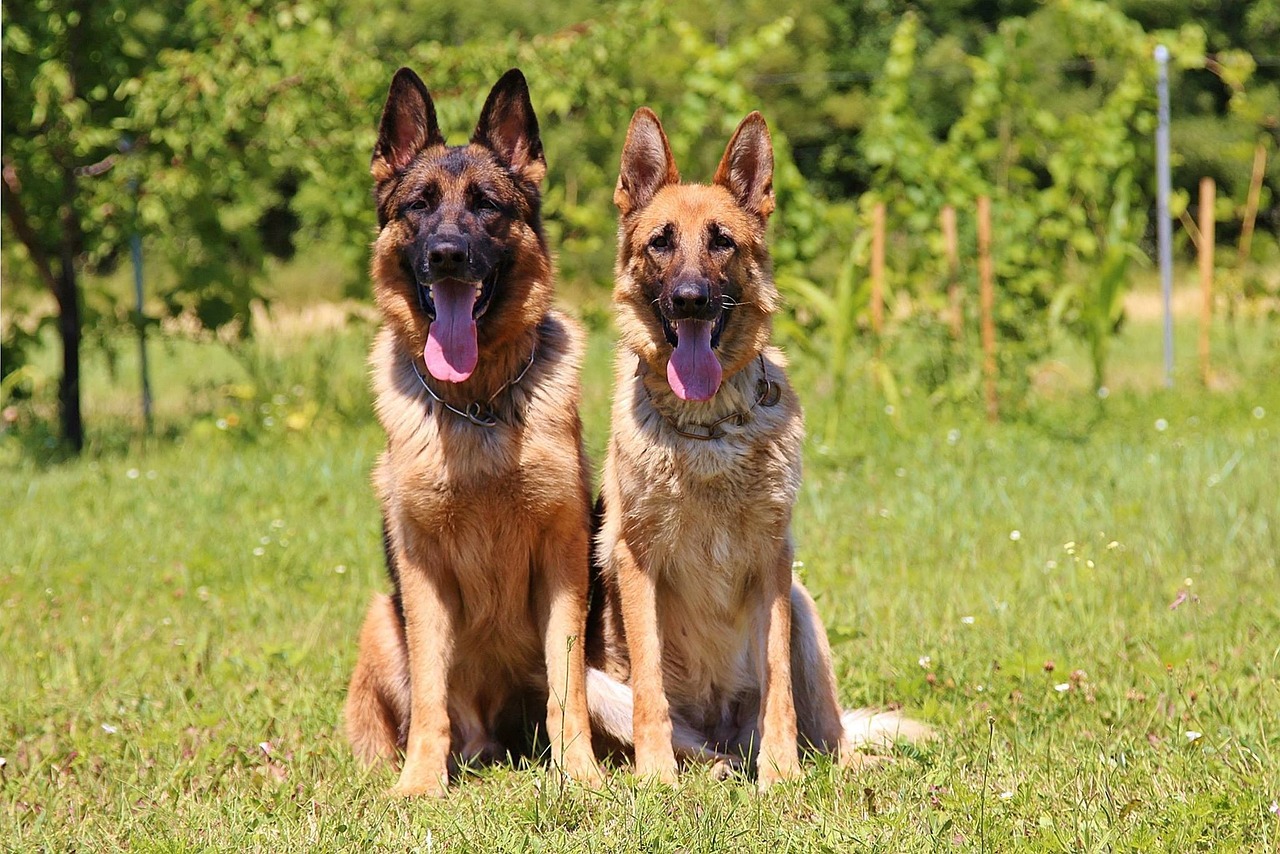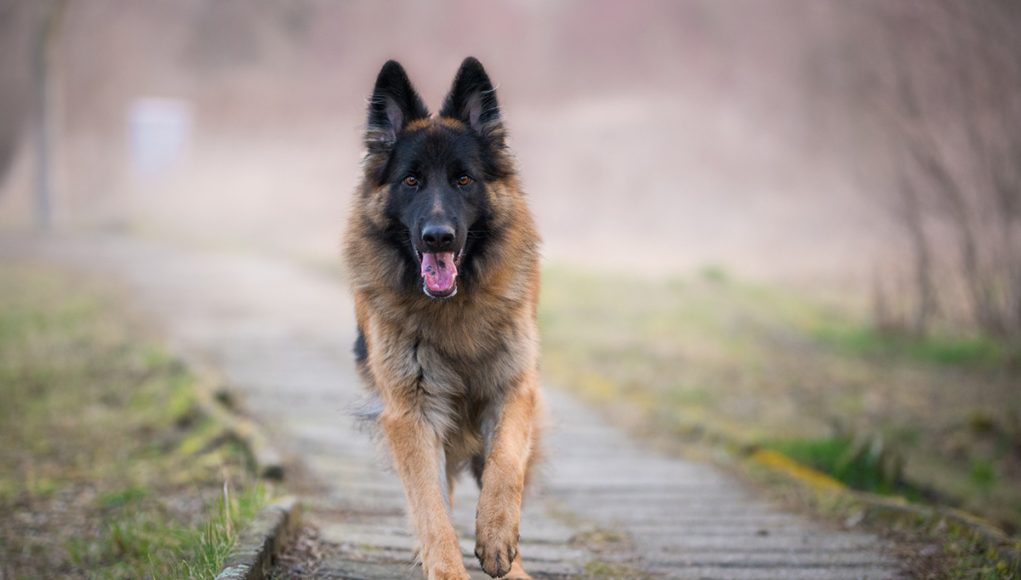The German Shepherd, one of the most popular and versatile dog breeds globally, is known for its intelligence, loyalty, and strength.
This article explores the history, physical characteristics, temperament, care needs, and health issues associated with the German Shepherd to help dog lovers and future owners better understand this remarkable breed.
German Shepherd : A Complete Guide for Dog
The Origins of the Dog
The German Shepherd originated in Germany in the late 19th century. It was developed by Captain Max von Stephanitz, who aimed to create the perfect herding dog. He believed in combining intelligence, speed, strength, and obedience to produce a breed capable of excelling in various tasks, from herding sheep to serving as a working dog in police and military roles.
Historically, German Shepherds were used primarily as herding dogs, but their versatility quickly led to their deployment in other areas. During World Wars I and II, they served as messenger dogs, search and rescue animals, and even as guard dogs. Anecdotally, a German Shepherd named Rin Tin Tin, discovered in a war-torn village in France, became one of the first canine movie stars, boosting the breed’s popularity in the United States.
The Physical Characteristics
German Shepherds are medium to large-sized dogs, typically standing between 22 to 26 inches (55 to 65 cm) at the shoulder and weighing around 50 to 90 pounds (22 to 40 kg). They have a double coat, which can be short or long, and comes in various colors, including black, tan, sable, and bi-color.
This breed is known for its muscular build, alert stance, and expressive, almond-shaped eyes. Their ears are large and upright, giving them a distinctive and alert appearance. Unlike some other breeds, German Shepherds have a strong, straight back, although some lines may exhibit a slight slope. Their bushy tail hangs low, adding to their overall elegant and noble appearance.
In comparison to other similar breeds, such as the Belgian Malinois, German Shepherds are generally larger and have a denser coat. While both breeds share a working background, the German Shepherd’s physical features make it more adaptable to a variety of climates and tasks.

The Temperament of the German Shepherd
German Shepherds are known for their intelligence, loyalty, and protective nature. They are confident and courageous, making them excellent watchdogs and family protectors. Although they are energetic and active, they can also be calm and composed, especially when well-trained.
This breed typically forms strong bonds with its family members and is affectionate towards them. With children, German Shepherds are generally gentle and protective, although early socialization is essential to ensure they are comfortable around young ones. When it comes to other animals, they can coexist peacefully, but this largely depends on how they are introduced and trained from an early age.
Strangers may be met with caution, as German Shepherds are naturally suspicious of unfamiliar faces. However, with proper socialization, they can learn to distinguish between friendly visitors and potential threats. For training, positive reinforcement methods work best, and it is crucial to begin training early due to their intelligence and eagerness to learn. This breed thrives in households where owners can provide them with structure, mental stimulation, and physical activity.
The Care Needs of the German Shepherd
Coat Care: German Shepherds have a double coat that requires regular grooming. Weekly brushing is recommended to manage shedding, which can be particularly heavy during seasonal changes. Long-haired varieties may require more frequent grooming to prevent matting. Bathing should be done as needed, using a dog-friendly shampoo to maintain skin health.
Exercise Requirements: This breed is active and requires plenty of daily exercise. A German Shepherd needs at least 1-2 hours of physical activity, including walks, playtime, and mental stimulation through training exercises or puzzles. While they can adapt to living in an apartment, it’s ideal for them to have access to a yard where they can run freely. A home with ample space is preferable.
Hygiene and Health Care: Regular care for the German Shepherd’s ears, teeth, and nails is essential. Their ears should be checked and cleaned regularly to prevent infections, and their nails should be trimmed to avoid discomfort or injury. Dental hygiene is also important; regular brushing or dental chews can help maintain their oral health.
Health Issues Common to the German Shepherd
German Shepherds are prone to certain genetic health issues, the most common being hip and elbow dysplasia. This condition can cause joint pain and mobility issues as the dog ages. Other potential health concerns include degenerative myelopathy, a neurological disorder, and various skin allergies.
To ensure the breed’s health, regular vet check-ups are crucial. The average lifespan of a German Shepherd is 9-13 years, but with proper care, some can live longer. A balanced diet rich in protein, along with regular exercise and vaccinations, plays a vital role in keeping the breed healthy.

Life Expectancy and Quality of Life for German Shepherds
The German Shepherd’s lifespan is typically 9-13 years, influenced by genetics, diet, and lifestyle. Proper care, such as a balanced diet and regular vet visits, can extend their life expectancy and quality of life. Engaging them in activities like obedience training, agility courses, or simply playing fetch can keep them physically and mentally stimulated, contributing to their overall well-being.
The Pros and Cons of Owning a German Shepherd
Pros:
- Excellent guard dog and loyal family companion
- Highly intelligent and trainable, making them versatile for various tasks
- Suitable for active families and individuals who enjoy outdoor activities
Cons:
- High energy levels require ample exercise and stimulation
- Shedding can be heavy, demanding regular grooming
- May be wary of strangers and requires early socialization to prevent aggression
What to Know Before Adopting a German Shepherd
German Shepherds thrive in homes where they have plenty of physical and mental stimulation. They are ideal for active owners who can provide time for training, exercise, and bonding.
They can live in various environments, but a home with a yard is ideal. Families with children and other pets can also find success with this breed if socialization and training are prioritized early on.
Before adopting, it’s essential to consider the time commitment and energy level needed to care for a German Shepherd. Consulting with breeders or rescue organizations can provide additional insights and help match the right dog with the right home.
German Shepherds are remarkable dogs that require dedication and love. With their intelligence, loyalty, and versatility, they make excellent companions for the right owners. However, it’s crucial to research and prepare for the responsibilities of owning one, ensuring they have a fulfilling and happy life.








